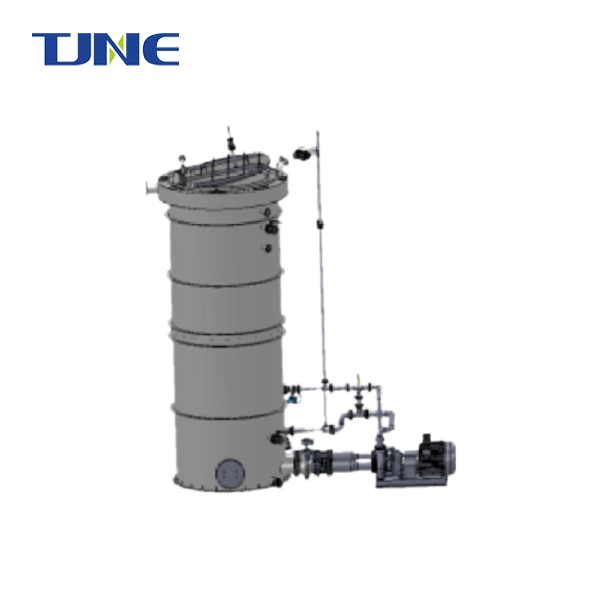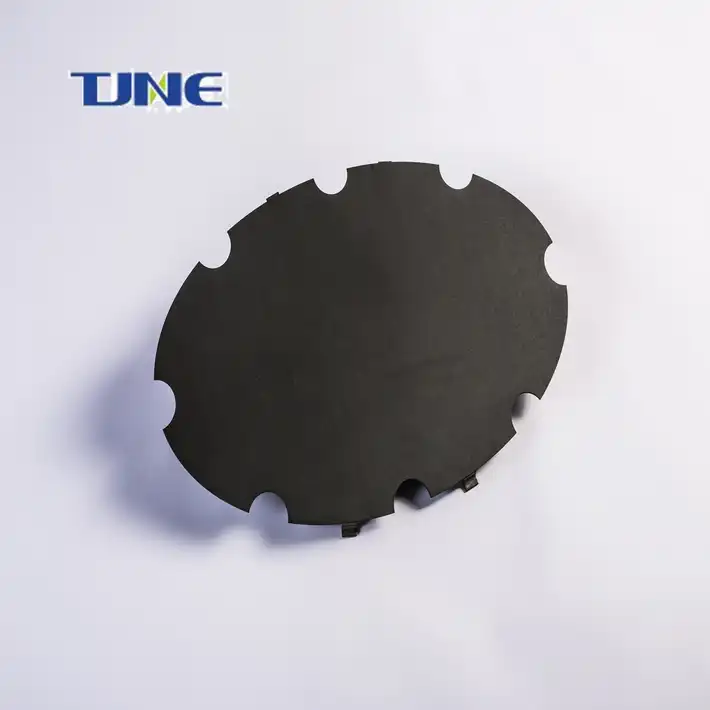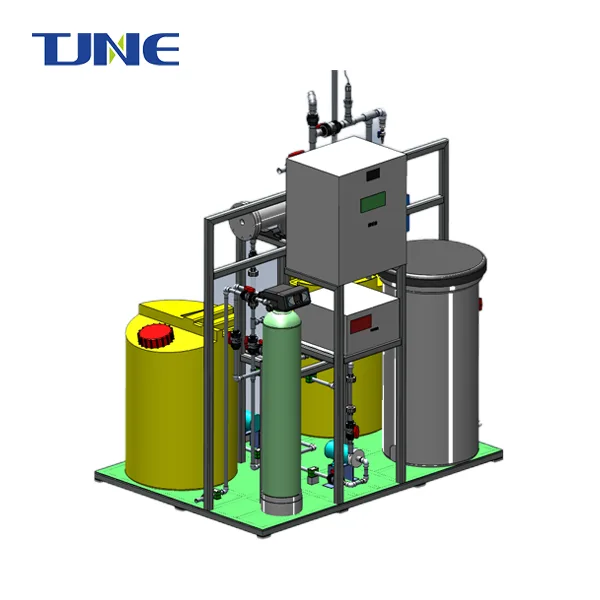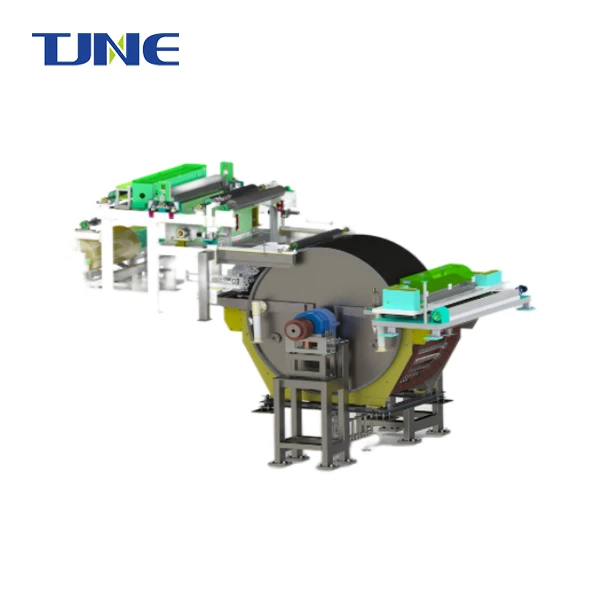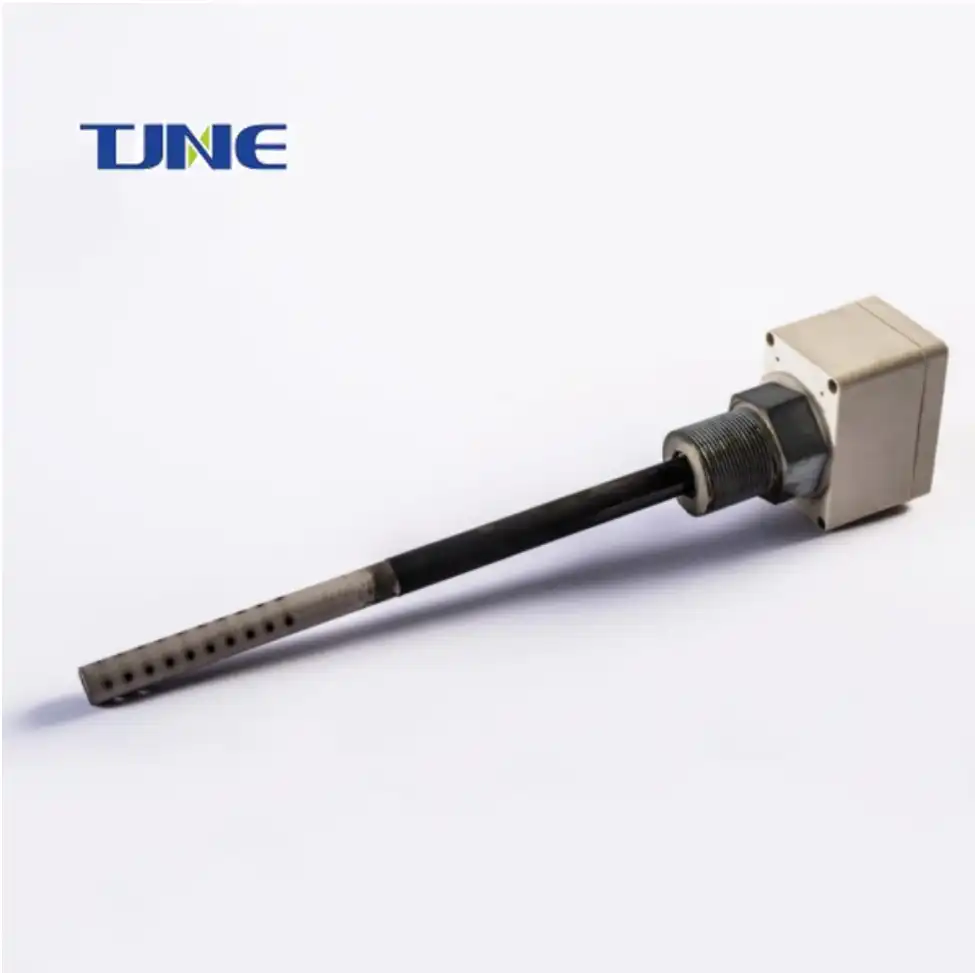- English
- French
- German
- Portuguese
- Spanish
- Russian
- Japanese
- Korean
- Arabic
- Greek
- German
- Turkish
- Italian
- Danish
- Romanian
- Indonesian
- Czech
- Afrikaans
- Swedish
- Polish
- Basque
- Catalan
- Esperanto
- Hindi
- Lao
- Albanian
- Amharic
- Armenian
- Azerbaijani
- Belarusian
- Bengali
- Bosnian
- Bulgarian
- Cebuano
- Chichewa
- Corsican
- Croatian
- Dutch
- Estonian
- Filipino
- Finnish
- Frisian
- Galician
- Georgian
- Gujarati
- Haitian
- Hausa
- Hawaiian
- Hebrew
- Hmong
- Hungarian
- Icelandic
- Igbo
- Javanese
- Kannada
- Kazakh
- Khmer
- Kurdish
- Kyrgyz
- Latin
- Latvian
- Lithuanian
- Luxembou..
- Macedonian
- Malagasy
- Malay
- Malayalam
- Maltese
- Maori
- Marathi
- Mongolian
- Burmese
- Nepali
- Norwegian
- Pashto
- Persian
- Punjabi
- Serbian
- Sesotho
- Sinhala
- Slovak
- Slovenian
- Somali
- Samoan
- Scots Gaelic
- Shona
- Sindhi
- Sundanese
- Swahili
- Tajik
- Tamil
- Telugu
- Thai
- Ukrainian
- Urdu
- Uzbek
- Vietnamese
- Welsh
- Xhosa
- Yiddish
- Yoruba
- Zulu
Swimming pool disinfection is a critical aspect of maintaining safe and hygienic aquatic environments. Proper disinfection practices help prevent the spread of waterborne diseases and ensure a pleasant swimming experience for all users. This article explores the essential guidelines and regulations governing swimming pool disinfection, with a focus on the use of titanium anodes as an effective disinfection method.
How do titanium anodes contribute to swimming pool disinfection?
Titanium anodes play a crucial role in modern swimming pool disinfection systems, particularly in salt water chlorination. These anodes are essential components of electrolytic chlorine generators, which produce chlorine directly in the pool water. The process begins with dissolved salt (sodium chloride) in the water. As this saltwater passes through the chlorine generator cell, an electric current is applied to the titanium anodes, initiating an electrolysis reaction.
During electrolysis, the titanium anodes catalyze the breakdown of salt molecules into their constituent elements: sodium and chlorine. The chlorine gas produced in this reaction immediately dissolves in the water, forming hypochlorite ions (OCl-), which are the active sanitizing agents in chlorinated pools. These compounds effectively neutralize harmful microorganisms, including bacteria, viruses, and algae, ensuring the pool water remains clean and safe for swimmers.
Titanium anodes are preferred in this application due to their exceptional corrosion resistance and longevity. Unlike other metals, titanium can withstand the harsh chemical environment of pool water and the continuous electrical current without degrading quickly. This durability translates to lower maintenance costs and more consistent chlorine production over time.
Moreover, titanium anodes contribute to a more environmentally friendly pool disinfection system. By generating chlorine on-site, these systems reduce the need for storing and handling potentially hazardous chlorine chemicals. They also allow for more precise control of chlorine levels, helping to maintain optimal water chemistry with less fluctuation.
The use of titanium anodes in salt water chlorination systems has gained popularity in recent years due to several advantages:
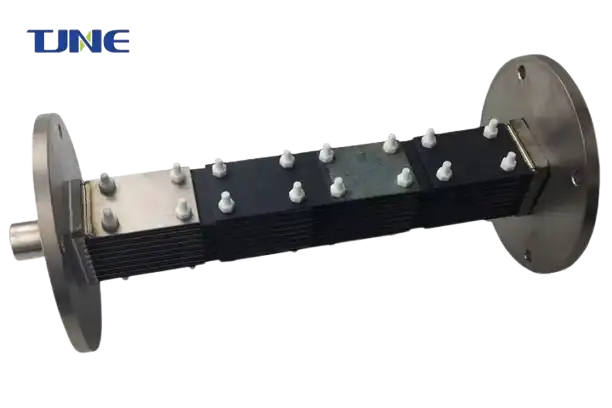
1. Improved swimmer comfort: The chlorine produced by these systems tends to be gentler on the skin and eyes compared to traditional chlorine additives.
2. Reduced chemical handling: Pool owners don't need to purchase, store, or manually add chlorine, making maintenance safer and more convenient.
3. Consistent sanitization: The continuous production of chlorine ensures a more stable level of disinfectant in the pool water.
4. Cost-effectiveness: While the initial investment may be higher, the ongoing operational costs are typically lower than traditional chlorination methods.
As swimming pool technology continues to advance, titanium anodes remain at the forefront of efficient and effective disinfection solutions, providing pool owners and operators with a reliable means of maintaining safe and clean water for swimmers.
What are the recommended chlorine levels for safe swimming pool disinfection?
Maintaining appropriate chlorine levels is crucial for effective swimming pool disinfection. The recommended chlorine levels can vary slightly depending on the specific guidelines followed, but generally, they fall within a well-established range that ensures both safety and comfort for swimmers.
According to the Centers for Disease Control and Prevention (CDC) and the World Health Organization (WHO), the recommended free chlorine concentration for swimming pools should be maintained between 1 and 3 parts per million (ppm). More specifically:
1. For pools: The ideal range is 1-3 ppm, with 2 ppm being the optimal target.
2. For hot tubs and spas: Due to higher temperatures and increased organic load, the recommended range is slightly higher at 3-5 ppm.
It's important to note that these recommendations are for free chlorine, which refers to the amount of chlorine available to actively sanitize the water. Total chlorine, which includes both free and combined chlorine (chloramines), should also be monitored, with the difference between total and free chlorine ideally not exceeding 0.2 ppm.
Maintaining proper chlorine levels involves regular testing and adjustment. Pool operators should test chlorine levels at least twice daily, and more frequently during periods of heavy use or extreme weather conditions. Many factors can affect chlorine levels, including:
1. Sunlight exposure: UV rays can break down chlorine, necessitating more frequent additions in outdoor pools.
2. Bather load: More swimmers mean more contaminants, which can quickly deplete chlorine levels.
3. Temperature: Higher temperatures accelerate chlorine consumption and bacterial growth.
4. pH levels: Chlorine is most effective when the pH is between 7.2 and 7.8.
To maintain the recommended chlorine levels, pool operators have several options:
1. Manual addition of chlorine: This involves regularly adding chlorine in the form of tablets, granules, or liquid directly to the pool water.
2. Automatic chlorine feeders: These devices release a steady stream of chlorine into the pool, helping to maintain more consistent levels.
3. Salt water chlorination systems: As discussed earlier, these systems use titanium anodes to generate chlorine from salt dissolved in the water.

While maintaining proper chlorine levels is essential, it's equally important to avoid over-chlorination. Excessive chlorine can lead to eye and skin irritation, respiratory issues, and even damage to pool equipment. The maximum recommended level of free chlorine in a swimming pool is typically 5 ppm, although some health departments may allow up to 10 ppm in special circumstances.
It's worth noting that while chlorine is the most common disinfectant used in swimming pools, alternative methods such as bromine, ozone, and UV systems are also employed, often in combination with chlorine. These alternatives can help reduce the amount of chlorine needed while still maintaining a safe swimming environment.
Ultimately, the goal of maintaining recommended chlorine levels is to strike a balance between effective disinfection and swimmer comfort. By adhering to these guidelines and regularly monitoring water quality, pool operators can ensure a safe and enjoyable experience for all users while minimizing the risk of waterborne illnesses.
How often should swimming pool water be tested and balanced?
Regular testing and balancing of swimming pool water is a fundamental aspect of pool maintenance and safety. The frequency of testing depends on various factors, including pool usage, environmental conditions, and the type of disinfection system in place. However, there are general guidelines that pool operators and owners should follow to ensure optimal water quality.
For public pools, spas, and water parks, the CDC recommends testing the water at least twice daily. This frequency may need to be increased during periods of heavy use or when weather conditions are particularly challenging. The key parameters that should be tested include:
1. Free chlorine or bromine levels
2. pH
3. Total alkalinity
4. Cyanuric acid (if used)
5. Water temperature
For residential pools, while daily testing is ideal, a minimum of 2-3 times per week is generally recommended. However, many pool experts suggest testing more frequently, especially during the peak swimming season or after events that could affect water quality (such as heavy rainfall or pool parties).
The process of testing and balancing pool water involves several steps:
1. Sample collection: Water should be collected from elbow-depth, away from return jets or skimmers, to ensure a representative sample.
2. Testing: Use a reliable test kit or strips to measure the various water parameters. Digital testers are also available and can provide more accurate results.
3. Recording: Keep a log of all test results. This helps in identifying trends and potential issues over time.
4. Adjusting: Based on the test results, add the necessary chemicals to bring the water parameters within the recommended ranges.
5. Re-testing: After making adjustments, wait for the chemicals to circulate (usually a few hours) and then re-test to ensure the desired levels have been achieved.
It's important to note that different pool types and disinfection systems may require specific testing protocols. For example:
- Salt water pools: In addition to standard tests, the salt level should be checked regularly, typically once a month.
- Indoor pools: These may require less frequent testing for cyanuric acid but more attention to combined chlorine levels due to reduced UV exposure.
- Pools using alternative sanitizers: Pools using ozone, UV, or other supplemental disinfection systems may have different testing requirements for their primary sanitizer.
Beyond regular testing, there are certain situations that warrant immediate water testing:
1. After heavy pool use
2. Following significant weather events (heavy rain, windstorms)
3. If the water appears cloudy or has an unusual odor
4. After adding make-up water to compensate for evaporation or backwashing
Balancing pool water goes beyond just maintaining proper chlorine levels. It involves ensuring that all water parameters are within their optimal ranges:
- pH: 7.2 to 7.8 (ideal: 7.4 to 7.6)
- Total Alkalinity: 80 to 120 ppm for plaster pools, 100 to 140 ppm for vinyl or fiberglass pools
- Calcium Hardness: 200 to 400 ppm
- Cyanuric Acid (if used): 30 to 50 ppm (maximum 100 ppm)
- Total Dissolved Solids (TDS): Should not exceed 1500 ppm above the TDS of the fill water
Proper water balance is crucial for several reasons:
1. Sanitizer Efficacy: Chlorine and other sanitizers work most effectively within specific pH ranges.
2. Swimmer Comfort: Balanced water reduces eye and skin irritation.
3. Equipment Protection: Properly balanced water helps prevent corrosion or scaling of pool equipment and surfaces.
4. Water Clarity: Balanced water contributes to clear, sparkling pool water.
While regular testing and balancing are essential, it's also important to periodically conduct a more comprehensive water analysis. Many pool supply stores offer free or low-cost professional water testing services that can detect a wider range of parameters and provide more detailed recommendations for water treatment.
In conclusion, frequent and consistent water testing and balancing are crucial for maintaining a safe and enjoyable swimming environment. By adhering to recommended testing schedules and promptly addressing any imbalances, pool operators and owners can ensure their pools remain clean, clear, and inviting for all users.
If you are interested in the products of Xi'an Taijin New Energy & Materials Sci-Tech Co., Ltd., please contact yangbo@tjanode.com.
References
1. Centers for Disease Control and Prevention. (2022). Healthy Swimming.
2. World Health Organization. (2006). Guidelines for safe recreational water environments. Volume 2: Swimming pools and similar environments.
3. National Swimming Pool Foundation. (2018). Pool & Spa Operator Handbook.
4. Association of Pool & Spa Professionals. (2021). ANSI/APSP/ICC-11 2019 American National Standard for Water Quality in Public Pools and Spas.
5. Lowry, C. S., & Adams, M. C. (2019). An evaluation of methods for disinfecting small-volume swimming pools. Journal of Water and Health, 17(2), 266-273.
6. Zwiener, C., Richardson, S. D., De Marini, D. M., Grummt, T., Glauner, T., & Frimmel, F. H. (2007). Drowning in disinfection byproducts? Assessing swimming pool water. Environmental Science & Technology, 41(2), 363-372.
7. American Chemistry Council. (2022). Pool Chemical Safety.
8. United States Environmental Protection Agency. (2021). Healthy Swimming.
9. Florentin, A., Hautemanière, A., & Hartemann, P. (2011). Health effects of disinfection by-products in chlorinated swimming pools. International Journal of Hygiene and Environmental Health, 214(6), 461-469.
10. Li, J., & Blatchley III, E. R. (2007). Volatile disinfection byproduct formation resulting from chlorination of organic-nitrogen precursors in swimming pools. Environmental Science & Technology, 41(19), 6732-6739.
Related Industry Knowledge
- What are MMO Canister Anodes and Their Advantages in Cathodic Protection?
- What are the Advantages of MMO Titanium Probe Anodes over Traditional Anodes?
- What Industries Commonly Use Ruthenium Iridium Coated Titanium Anodes?
- How Do Iridium Tantalum-Coated Titanium Anodes Function?
- How is a Titanium Electrode Modified to Enhance Catalytic Activity?
- What is Titanium Coated With Ruthenium Iridium?
- Electrochemical Innovation: The Role of Iridium-Tantalum Coated Titanium Anodes
- Revolutionizing Industries: The Power of Ruthenium-Iridium Coated Titanium Anodes






